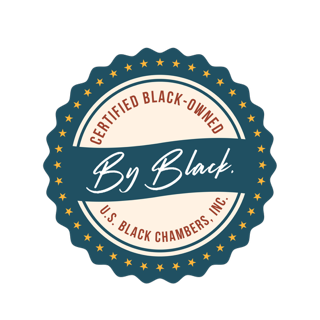



Understanding Personal Injury Claims
A personal injury claim arises when an individual suffers harm or injury due to the negligence, recklessness, or intentional actions of another party. The injured party, also known as the plaintiff, files a claim against the responsible party, seeking compensation for the damages they have suffered. These damages can include medical expenses, lost wages, pain and suffering, and other related costs. The primary objective of a personal injury claim is to restore the injured person to the position they were in before the injury occurred. Personal injury claims can stem from a wide range of incidents, including car accidents, slip and fall accidents, medical malpractice, product liability, and more. In these cases, the injured party must demonstrate that the defendant’s actions or negligence directly caused their injury. This requires establishing four key elements: duty of care, breach of duty, causation, and damages. The plaintiff must show that the defendant owed them a duty of care, that this duty was breached, that the breach caused the injury, and that the injury resulted in actual damages. The process of pursuing a personal injury claim often involves negotiations with insurance companies, gathering evidence, and, in some cases, going to trial. It is essential for the injured party to act promptly, as there are statutes of limitations that dictate how long they have to file a claim. Failure to file within this timeframe can result in the loss of the right to seek compensation.Understanding Wrongful Death Claims
A wrongful death claim, on the other hand, is brought when an individual dies as a result of another party’s negligence, recklessness, or intentional actions. Unlike personal injury claims, which are filed by the injured party themselves, wrongful death claims are filed by the surviving family members or the estate of the deceased. The purpose of a wrongful death claim is to provide financial support to the surviving family members who have suffered emotional and financial losses due to the death of their loved one. Wrongful death claims can arise from the same types of incidents as personal injury claims, such as car accidents, medical malpractice, defective products, and more. However, the focus of a wrongful death claim is on the impact of the death on the surviving family members rather than the harm suffered by the deceased before their death. This means that the damages available in a wrongful death claim are different from those in a personal injury claim. In a wrongful death claim, the damages may include funeral and burial expenses, loss of financial support, loss of companionship, and the emotional pain and suffering of the surviving family members. Additionally, if the deceased person experienced conscious pain and suffering before their death, the estate may also be able to recover damages for that suffering.Key Differences Between Wrongful Death and Personal Injury Claims
One of the most significant differences between wrongful death and personal injury claims is who can file the claim. In a personal injury claim, the injured party is the one who files the claim, seeking compensation for the harm they have personally suffered. In contrast, a wrongful death claim is filed by the surviving family members or the estate of the deceased, seeking compensation for the losses they have experienced due to the death of their loved one. Another key difference is the types of damages available. In a personal injury claim, the damages are intended to compensate the injured party for their medical expenses, lost wages, pain and suffering, and other related costs. These damages are focused on restoring the injured person to their pre-injury condition. In a wrongful death claim, the damages are intended to compensate the surviving family members for their financial and emotional losses. This includes not only the direct financial support that the deceased would have provided but also the intangible losses, such as loss of companionship and emotional suffering. The legal standards and burden of proof also differ between the two types of claims. In a personal injury claim, the injured party must prove that the defendant’s negligence directly caused their injury. This involves demonstrating that the defendant had a duty of care, that they breached that duty, and that the breach led to the injury. In a wrongful death claim, the plaintiff must prove that the defendant’s actions or negligence caused the death of their loved one and that the surviving family members have suffered losses as a result. The statutes of limitations for filing a claim can also vary between personal injury and wrongful death cases. In many jurisdictions, the time limit for filing a wrongful death claim is different from that for filing a personal injury claim. It is essential for individuals and families to be aware of these time limits to ensure that their legal rights are preserved.Related Videos
Choosing a Personal Injury Attorney
Personal Injury Case Case Timeline


